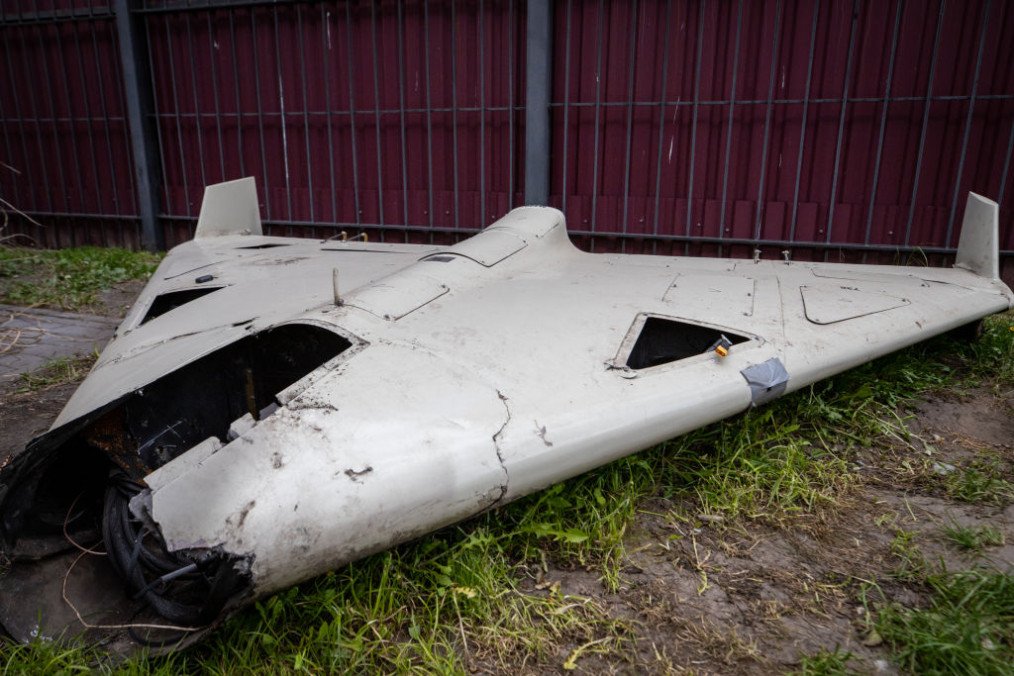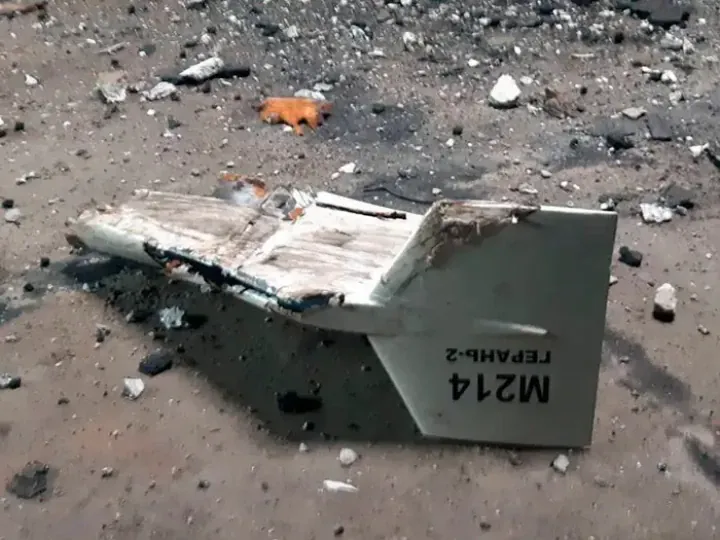- Category
- Latest news
Russia Uses SIM Cards in Attack Drones to Tap into Ukraine’s Cellphone Network for Strikes

Russia has equipped its Shahed-136 drones with SIM cards and antennae, enhancing their navigation and strike capabilities, according to latest reports. This adaptation, first noted in late 2023, reflects the broader use of cellular technology by Russia in its military strategies.
Jack Watling, a senior research fellow and land warfare expert at the Royal United Services Institute in the UK, detailed in his report last week that Russia has integrated SIM cards into its explosive Shahed-136 drones and mounted antennae on their wings. “These were used in two ways,” Watling explained the risks and opportunities of mobile phones on the battlefield in his analysis.
“First, the UAV used the network to assist with navigation by triangulating off the bearings of mobile phone masts,” he wrote, referring to unmanned aerial vehicles (UAVs). “Second, the Russians were sending telemetry data from the UAVs back through the mobile phone network to help plan follow-up strikes.”
The Shahed-136 is an Iranian-made, one-way attack drone that Russia has employed for two years to strike civilian infrastructure and energy facilities across Ukraine. It has a range of over 600 miles and carries a warhead weighing nearly 100 pounds. These drones are relatively inexpensive compared to Russia’s other weapons, such as ballistic or cruise missiles, and can be launched in swarms to overwhelm Ukrainian air defenses. Russia also produces a local version of the Shahed, known as the Geran-2.

However, Russia’s reliance on cellular networks for drone operations comes with vulnerabilities.
“There is, of course, something rather suspicious about a mobile phone traveling at 350 kmph, and so these behaviours could be tracked, and it is possible to cut off SIMs identified as being used for such malicious purposes,” Watling noted. “This is only possible, however, if the mobile phone network has effective relationships with security organisations,” he added.
Since late 2023, Russia has been using SIM cards to help direct and pilot its Shahed drones, as evidenced by Ukrainian forces discovering 4G modems connected to Ukraine’s Kyivstar telecommunications network in downed drones.
Other militaries have also used cellular technology to enhance their targeting and strike capabilities. For instance, cellular data can pinpoint the location of large troop gatherings, making soldiers more vulnerable to attacks. In response, some militaries have sought to limit this practice. Russia has repeatedly, though unsuccessfully, tried to address the issue, and US Army officers have warned American forces about the risks of bringing personal devices into combat.
However, Watling argues that militaries should not see phones solely as threats. “Soldiers should plan to leverage the advantages of these networks and be properly informed about the associated risks and accompanying mitigations,” he said. “Used properly, mobile phone networks can help militaries to hide in the noise, distribute critical data, and deconflict with civilian authorities.”
-ba02b3bc86f0b624f99115809a6a34d0.jpg)


-945a591580baf88e62188476a553b5fb.jpg)



-72b63a4e0c8c475ad81fe3eed3f63729.jpeg)